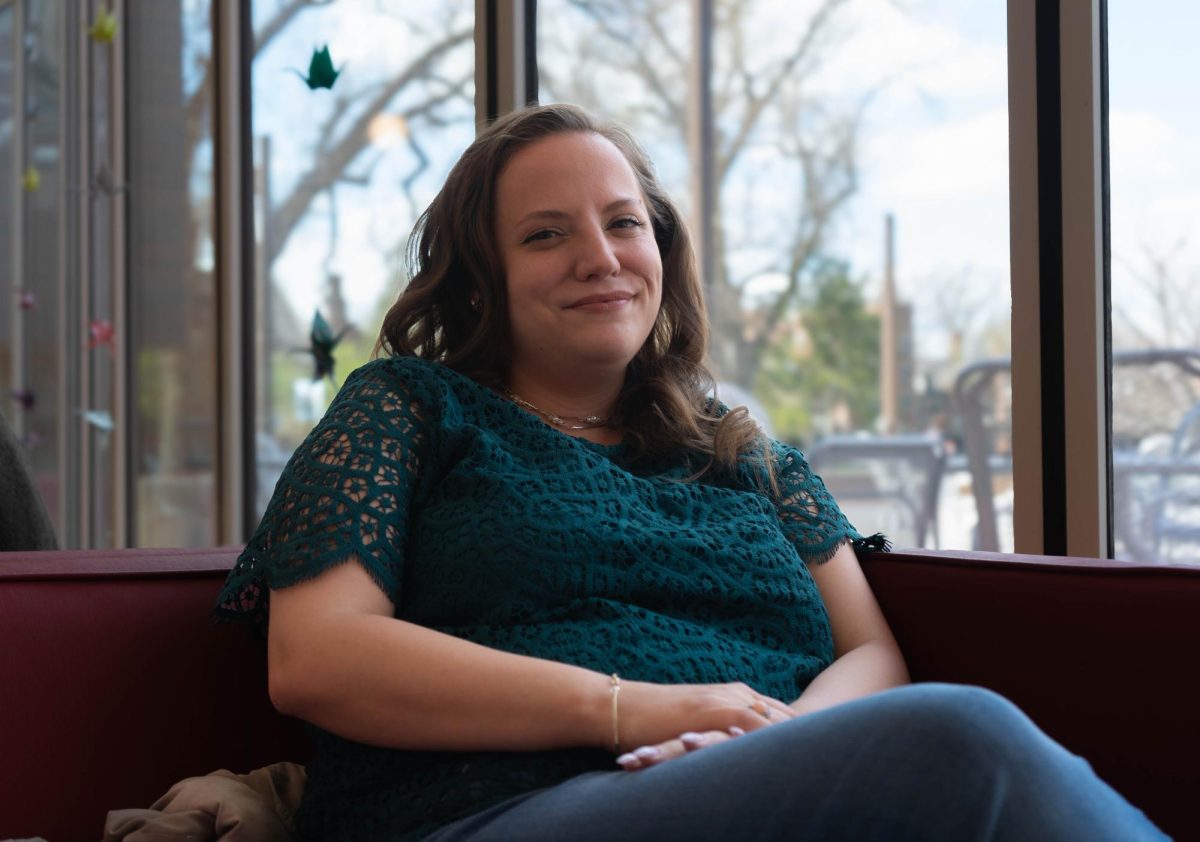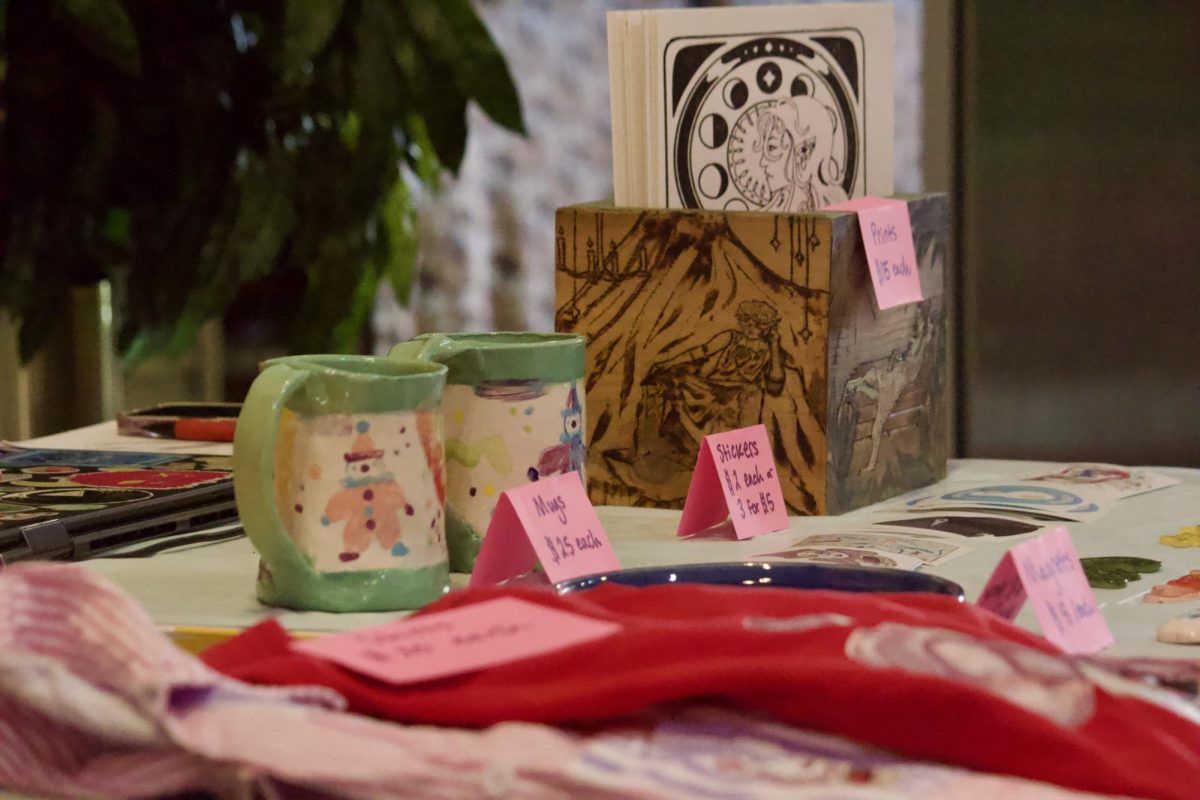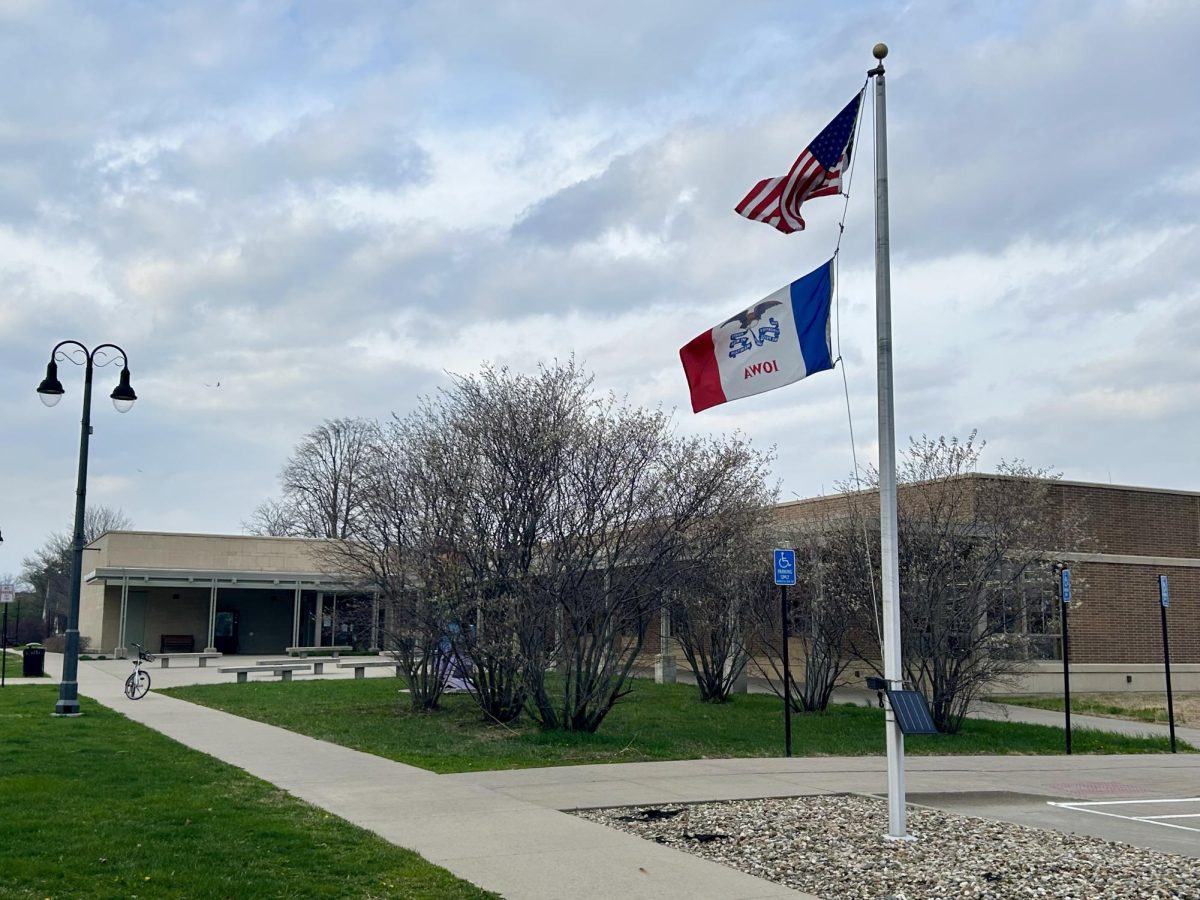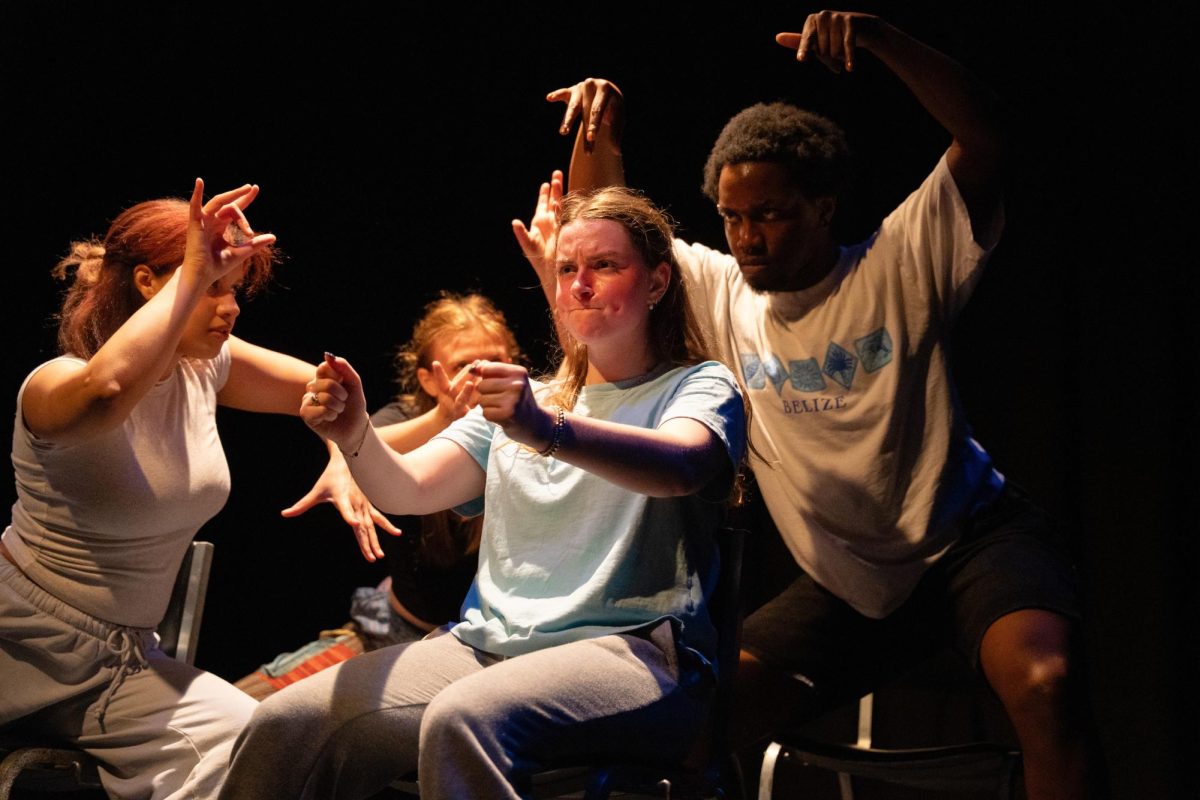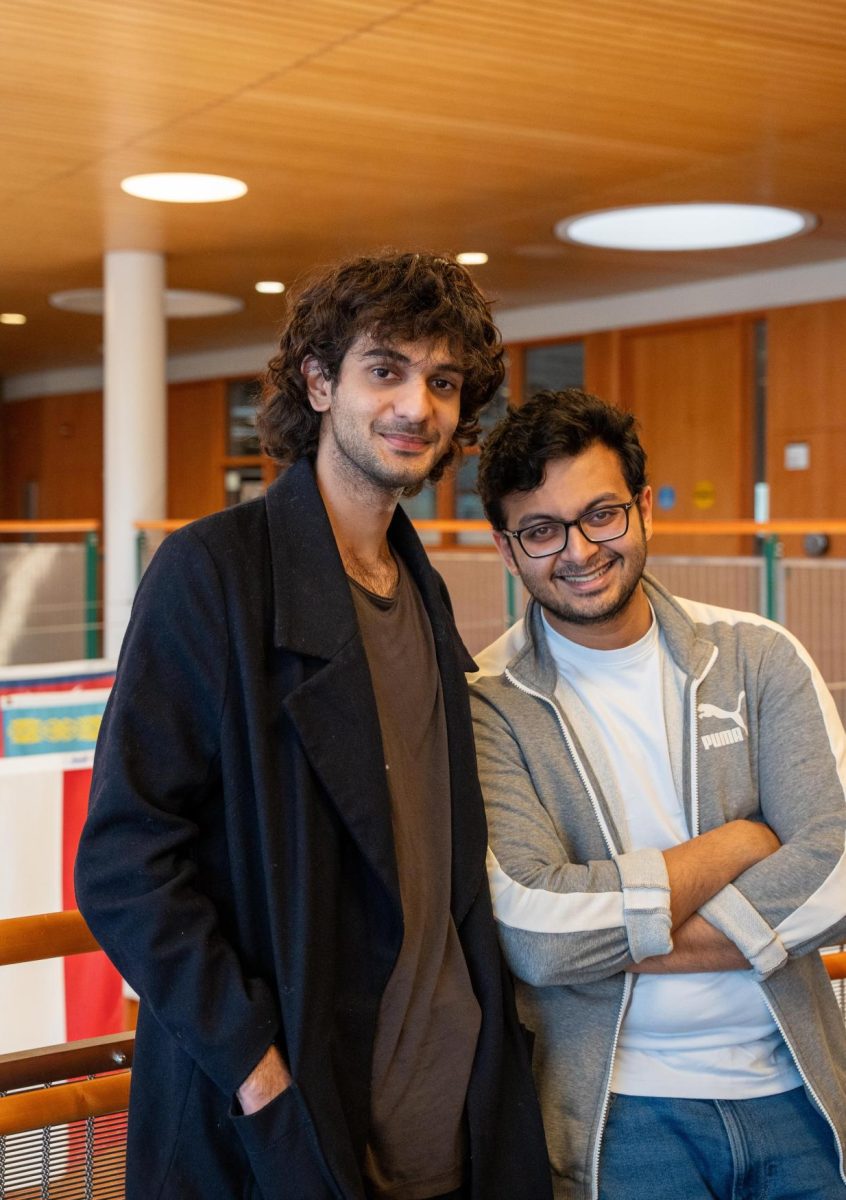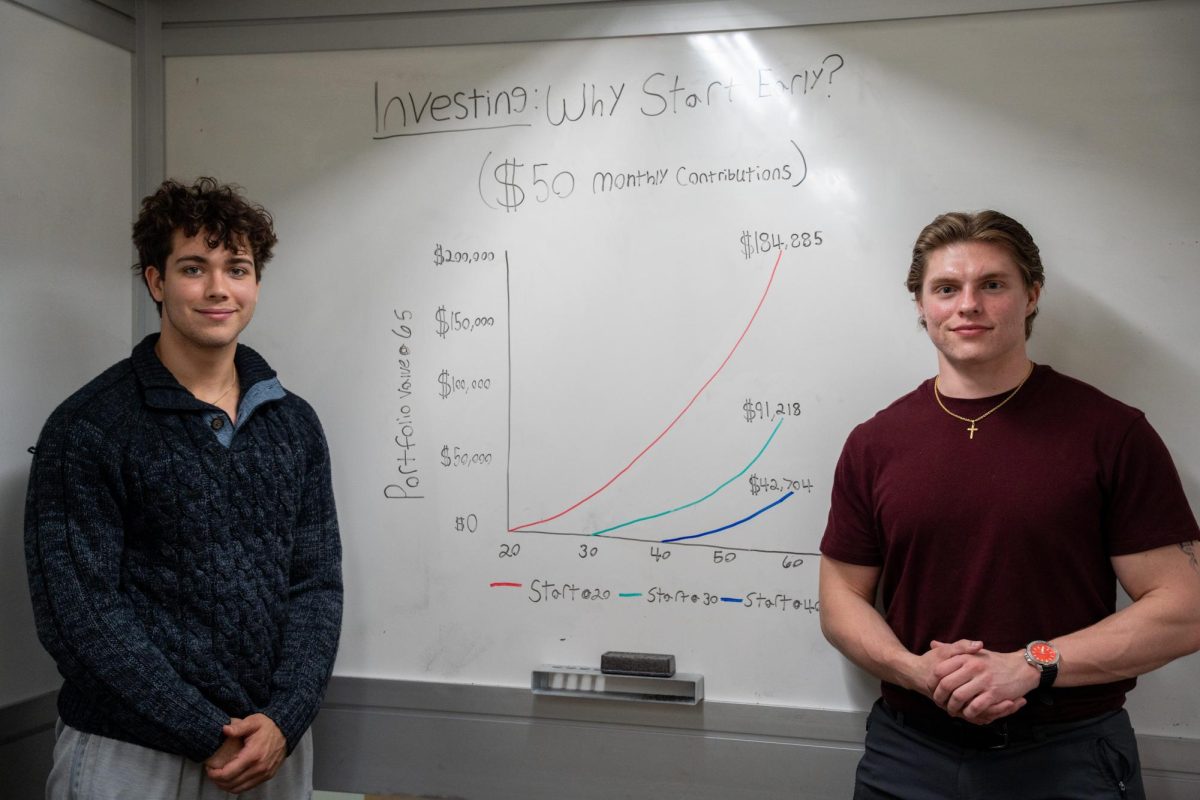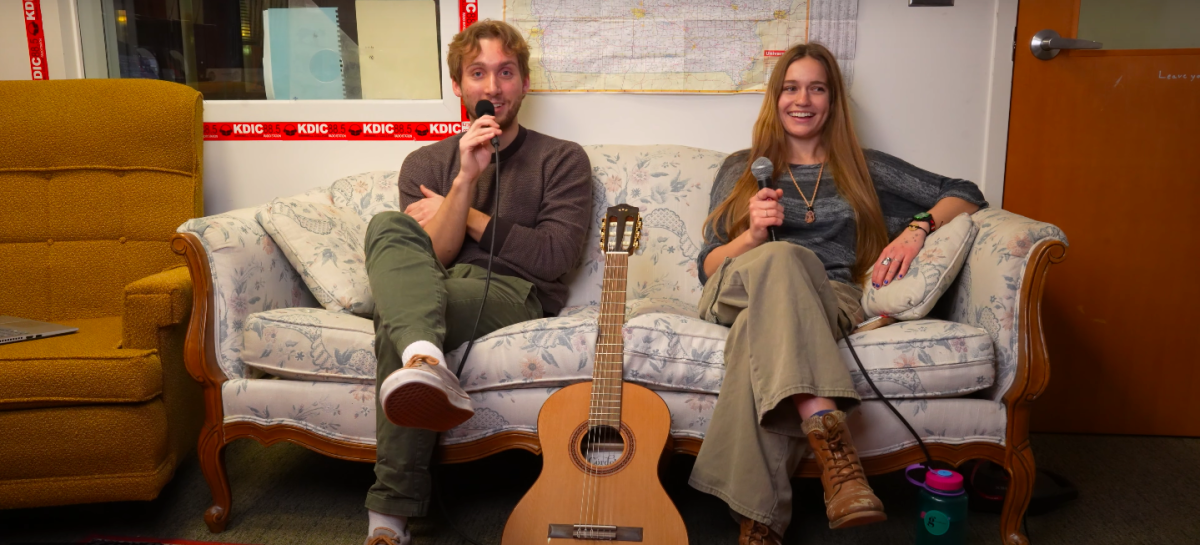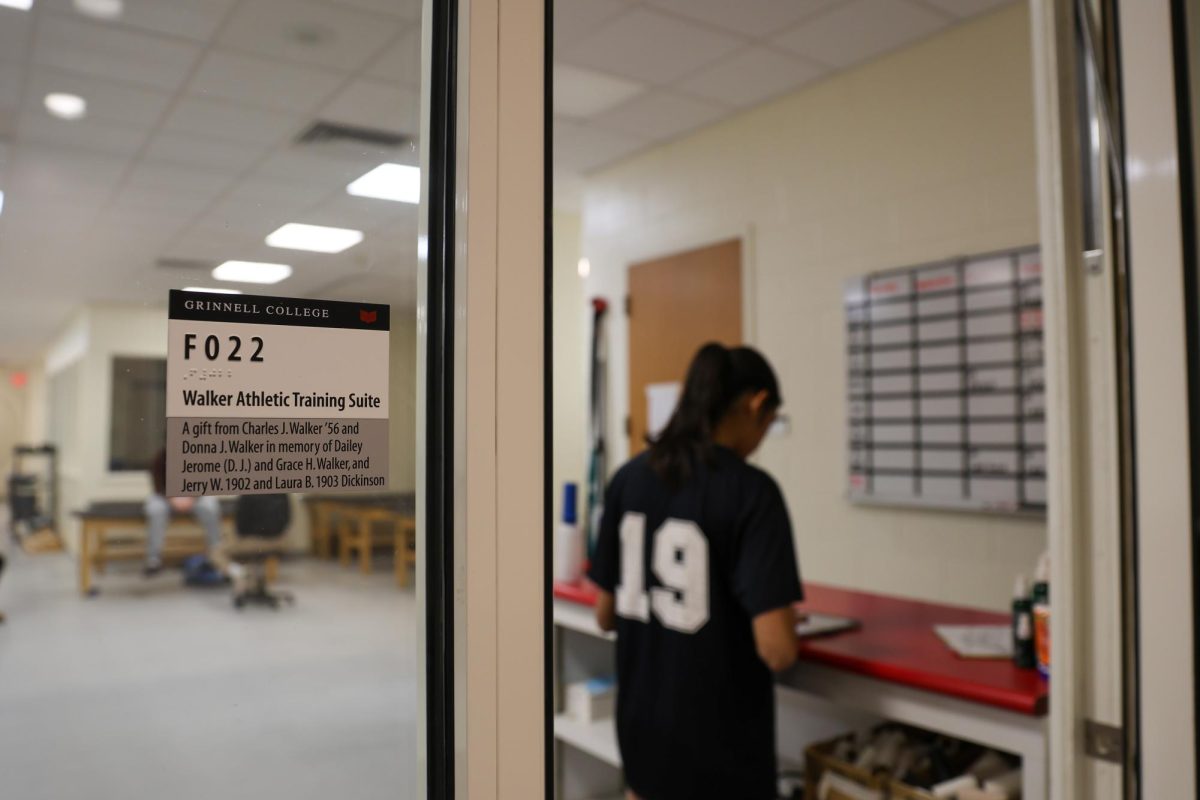Even prior to the women’s soccer team’s first intercollegiate game as a member of the Midwest Conference against University of Wisconsin—Stevens Point, Laura Sinai ’83 stood in the team’s history book.
In the spring semester of 1981, nine years after the federal Title IX law was passed to prevent gender-based discrimination, Sinai created the women’s soccer club team, marking the first chapter of the team’s history.
“My freshman year, I expressed interest and said we ought to have a soccer team,” Sinai said. “I think the only credit I can take would be loving the game so much. It’s such an amazing sport to play.”
Sinai began playing soccer in fourth grade. In high school, she played on the men’s soccer team. Wanting to continue to play soccer, she practiced with the men’s squad when she came to Grinnell. But that wasn’t enough for her.
“It really strengthened my conviction when I played on the boys’ team in high school,” Sinai said. “I certainly didn’t start on varsity there, but [felt] strongly about I can do this. There’s nothing that boys can do that girls can’t do. It’s not like I felt like I was breaking into any new areas. It was just a matter-of-fact, I wanted to play soccer.”
Her first job of creating the team was to gather other women who shared the same passion as she did.
“A lot of them were already friends,” Sinai said. “It was a lot of word-of-mouth. Being in Grinnell, it didn’t take much. We knew people.”
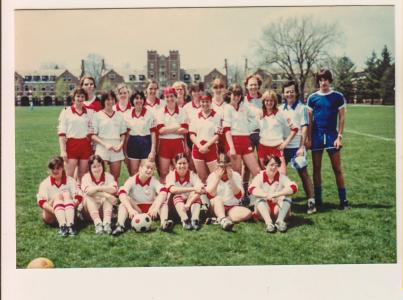
Then, it was her responsibility to organize literally everything—from finding time and a place to practice and teams to compete against. Sinai and her teammates credit Patty Johnson, former administrative assistant to the Director of Athletics, for figuring out the logistics.
“Probably the hardest part was finding time to have a practice team because we had the men’s soccer, women’s field hockey, football and a rugby club at that time,” Johnson said. “They worked around the times that were not the most convenient for other teams. There was no Springer Field at the time.”
Sinai’s leadership was well-demonstrated as the team successfully competed for years against teams such as Drake University, University of Northern Iowa and club teams from various parts of Iowa. According to Sinai, Drake was Grinnell’s biggest rival.
“She was the organizer of the team and she was fun to be with,” said Louellen Stedman ’85, one of Sinai’s teammates. “She was easygoing. She just made it fun to be out there.”
Sinai also received helped from the men’s soccer team in organizing the club team.
“They were happy to say ‘We’re not men trying to run your team. We just really want to support you,” Sinai said.
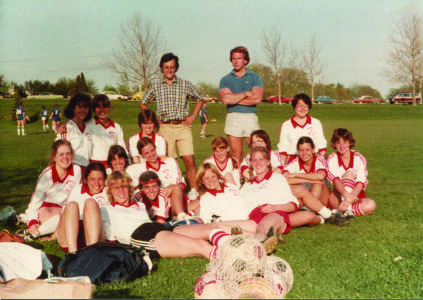
After Sinai graduated, she passed the organizer’s baton to Stedman, who played soccer in Grinnell since her first year. Stedman nicely continued to perform Sinai’s jobs.
“It was just a matter of coordinating with the league—getting the word out about the team, encouraging people to come, coordinating with the guys who are helping us and organizing the schedule,” Stedman said. “We started playing fall and spring. We would practice in the winter.”
In 1985, the athletic department expressed interest in the women’s club soccer team officially joining the Midwest Conference. At the time, Grinnell had a women’s field hockey team. However, many Conference teams began to drop their field hockey programs and Grinnell was running out of opponents to play.
According to Dee Fairchild, Grinnell’s Athletic Director from 1985-2007, only Carleton College showed interest in playing the Grinnell field hockey team. Therefore, for her, it was a no-brainer that Grinnell should follow suit and drop field hockey as well.
“We knew we wanted to do it. I’m sure the students wanted it,” Fairchild, currently an associate professor emeritus of Physical Education, said. “As a coach and certainly as the athletic director, we wanted to add sports. We knew we were dropping field hockey and soccer was beginning to become popular.
The timing worked out well as the women’s soccer team officially became a member of the Midwest Conference in 1987.
The irony of Sinai and Stedman’s contribution to the creation of the women’s soccer team is that neither women actually played as a member of the Midwest Conference. Yet, they don’t mind one bit.
“It was totally out of love of the game,” Sinai said. “I don’t think I could have been in college if there wasn’t sports.”
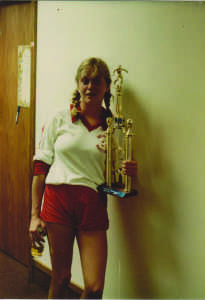
Despite not playing a single Conference game, their legacy lives on.
“Their purpose was to provide opportunity for women to participate in a sport that they love,” Johnson said. “It wasn’t like they were going to be National champions or even Conference champions. They were striving to meet your play of excellence.”




